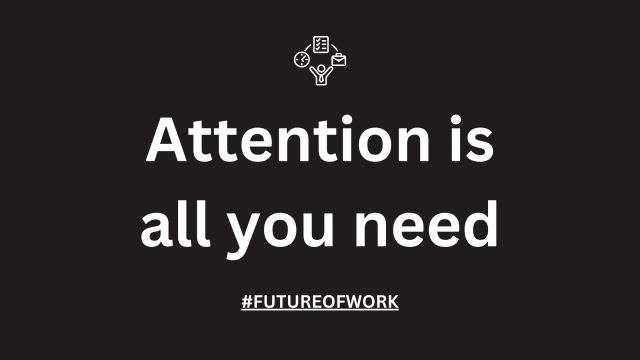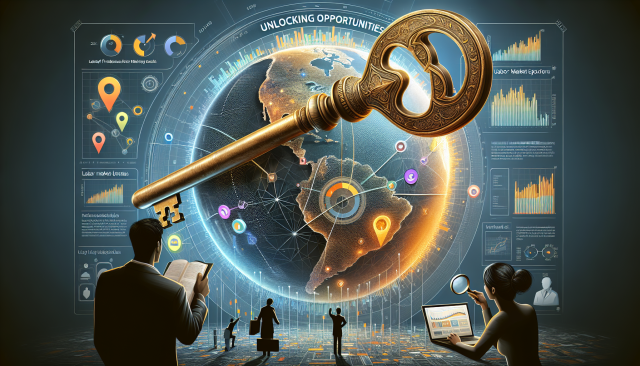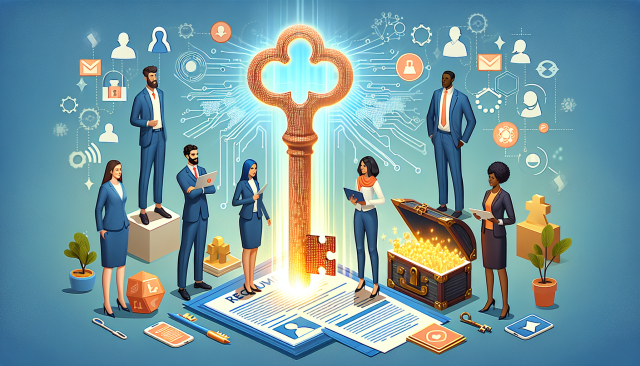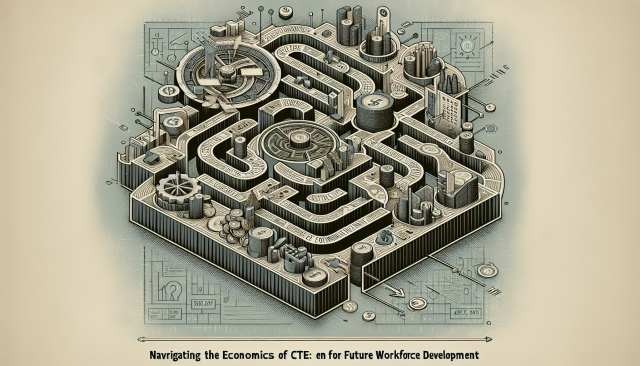Revamping the Resume Paradigm for Analytics and AI Professionals: A Catalyst for Lasting Change
Revamping the Resume Paradigm for Analytics and AI Professionals: A Catalyst for Lasting Change
In an era defined by data and digital transformation, the traditional resume format is rapidly becoming obsolete, especially for professionals in the analytics and AI sectors. As industries pivot to embrace more nuanced skillsets, AI and analytics experts find themselves at the cusp of redefining how they present their capabilities and achievements to potential employers.
Gone are the days when resumes listed simple bullet points of job duties. Today, theres a pressing need for resumes to evolve, mirroring the innovative spirit inherent in AI and analytics fields. This evolution isn’t just about adding technical jargon; it’s about showcasing narrative, adaptability, and impactful contributions to the organizations they’ve been part of.
“Your resume is not a history of your past. It’s the bridge to your future.” Unknown
Why Change is Necessary
The analytics and AI domain thrives on creativity, problem-solving, and forward-thinking. Yet, the traditional resume format fails to capture these dynamic attributes. Here are some reasons why a radical change is imperative:
- Dynamic Skillsets: With technology evolving at an unprecedented pace, AI professionals are constantly acquiring new skills. Their resumes must reflect a timeline of growth and learning, not just static experiences.
- Complex Projects: Many AI projects are collaborative and involve cross-functional teams. A revised resume format should highlight the candidates role in these complex ecosystems.
- Impact Over Activity: Employers are more interested in the impact of your efforts rather than the tasks you performed. Quantifiable achievements should take precedence over generic job descriptions.
Strategies for a Radical Resume
To create resumes that resonate and inspire, analytics and AI professionals can leverage the following strategies:
1. Storytelling Approach
Transform your career journey into a story that conveys purpose and curiosity. Begin with a strong narrative that defines your passion for data and AI, followed by anecdotes of innovative projects you’ve been a part of. Crafting a compelling story can make your resume memorable and interesting.
2. Highlighting Project Impact
Focus on the outcomes rather than the inputs. Instead of listing tasks, emphasize the results your contributions brought to the team. Use metrics, percentages, and case studies to underline the success of your projects.
3. Tailored Skills Section
Rather than a generic list of skills, tailor this section to include skills relevant to the job you are applying for. Group them under categories such as ‘Technical Expertise’, ‘Leadership’, and ‘Creative Problem Solving’ to provide clarity on your strengths.
4. Visual Elements
Incorporate infographics, charts, and other visual elements to represent data-heavy projects and their results. This not only breaks the monotony of text but also demonstrates your ability to communicate complex information succinctly.
5. Lifelong Learning Journey
Highlight your commitment to continuous education through courses, certifications, or workshops that keep you at the cutting edge of AI advancements. This signals to employers that you are proactive in staying relevant.
Adapting to the Future
As AI continues to disrupt traditional roles and industries, professionals must be prepared to position themselves not just as employees but as thought leaders and catalysts for change. A radical resume is one step towards that goal. Its an opportunity to break free from longstanding conventions and present oneself as ready for the challenges of the future.
Ultimately, a resume should not just be a record of what youve done; it should be an inspiring glimpse into what you can achieve. For analytics and AI professionals, this means taking the lead in crafting a new kind of resumeone thats as dynamic and forward-thinking as the field itself. The time for change is now.































